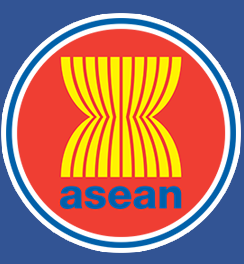ASEAN Journal on Science and Technology for Development
Abstract
Cocopeat, a by-product of coconut husk, was used as adsorbent material to remove mercury (Hg) and other heavy metals (As, Ba, Cd, Pb) from the wastewater gathered from the tailings collection tank of a ball mill facility at the small scale gold mining (SSGM) area in Camarines Norte province, Philippines. Batch sorption tests were carried out using actual wastewater samples with reduced suspended solids collected after 60 min of settling and without modifying the pH and other parameters to simulate the actual condition in the field. Batch tests of water samples with an initial pH of 7.30 and adsorbent dose of 1.0 g cocopeat/L were tested for Lagergren first-order, pseudo-second-order, intra-particle diffusion, and Freundlich models to evaluate kinetic parameters and adsorption isotherms. The removal efficiencies obtained for the heavy metals after the equilibrium time of 240 min were 97.14%, 94.74%, 10.00%, 66.67%, and 27.01% for Hg, As, Ba, Cd, and Pb, respectively. The pseudo-second order kinetics model represented well the adsorption process as demonstrated with its higher correlation coefficients among the models.
Publication Date
4-27-2019
Recommended Citation
O., Samaniego Jessie and Antonia N., Tanchuling Maria
(2019)
"Removal of Heavy Metals from an Actual Small Scale Gold Mining Wastewater by Sorption onto Cocopeat,"
ASEAN Journal on Science and Technology for Development: Vol. 36:
No.
1, Article 1.
DOI: https://doi.org/10.29037/ajstd.558
Available at:
https://ajstd.ubd.edu.bn/journal/vol36/iss1/1

